Note: This is a guest posting from Maren Robinson, production dramaturg for our winter MainStage production of Hunger.
|
Now that I am working on my third production at Lifeline I thought it would be fun to go through the anatomy of the dramaturgical materials in the lobby that are among the production photos of the cast. During the rehearsal process Rob created a large timeline in the rehearsal room and I supplemented this with information on historic events, quotes from journals kept by survivors of the siege of Leningrad, maps and images. What you get to see in the lobby is a modified version of those same materials and some additional items that were not in the rehearsal room. I thought of the display as a messy sort of desk of scientist who had lived through the siege with a variety of images and stories building up. I have taken photographs of the display and will note certain items that might be interesting for you to look for when you come to the theater. |
|
|
|
In the photo at left you can see the prison photos of Vavilov, his sentencing documents and a very sad letter in Russian in which he asked to be put to work on one of the farms rather than stay in prison. The Institute of Plant Industry not only collected seed samples but also kept cards of pressed plants for identification purposes. To recreate the feel of some of those plant identification cards I pressed some plants and created made the kind of cards that would have so been familiar to any scientist at working at the institute. I also included a variety of botanical illustrations from books. The scientists in Leningrad would have needed to know other languages to communicate with scientific colleagues around the world, this fact was good for scientific communication but led to many of the scientists being suspected of spying because they could read other languages and had contacts around the world. |
|
On the right side of the board is a timeline of the Siege of Leningrad, since this is an aspect of World War II that is often not as thoroughly covered in U.S. history classes. You will also see a facsimile of a ration card and photos of the wrapped bodies of the dead in the streets of Leningrad during the siege. Layered underneath is the cover of one of the Russian journals of genetics in which Nikolai Vavilov published. |
 |
 |
There were two amazing books of journals and letters written by people who survived the siege. With the help of one of the intrepid Lifeline interns, Julie, we wrote out parts of the journals that offer impressions of life during the siege. References to eating cat, thinking compulsively about food, and seeing others who were not starving because of their theft are particularly haunting. You can also see a map of Leningrad, some of the defenses and survivors leaving the bombed shell of a building. |
|
Also on the board are soviet propaganda posters from the war. Like many governments in time of war, Stalin’s government created patriotic posters which were pasted up around Leningrad and other cities. Several of these feature Mother Russia, the one that particularly struck me is close to the bottom of the board and shows her with a gun in one arm and grain in the other. In this same part of the board you will see a photo of Vavilov on one of his exotic seed gathering trips and sleds traveling the ice road out of Leningrad.
|
 |
If the play sparks your interest in the siege or the scientists you should certainly read Elise Blackwell’s novel Hunger, on which the play is based. It is haunting and lovely.
If you want to read more about Siege of Leningrad I highly recommend the following books.
The 900 Days: The Siege of Leningrad – Harrison Evan Salisbury
Leningrad: The Epic Siege of World War II, 1941-1944 – Anna Reid
Writing the Siege of Leningrad: Women’s Diaries, Memoirs and Documentary Prose – Cynthia Simon and Nina Perlina
Leningrad Under Siege: first-hand accounts of the ordeal – Daniil Alexandrovich
The Murder of Nikolai Vavilov – Peter Pringle
The Vavilov Affair – Mark Aleksandrovich Popovsky


